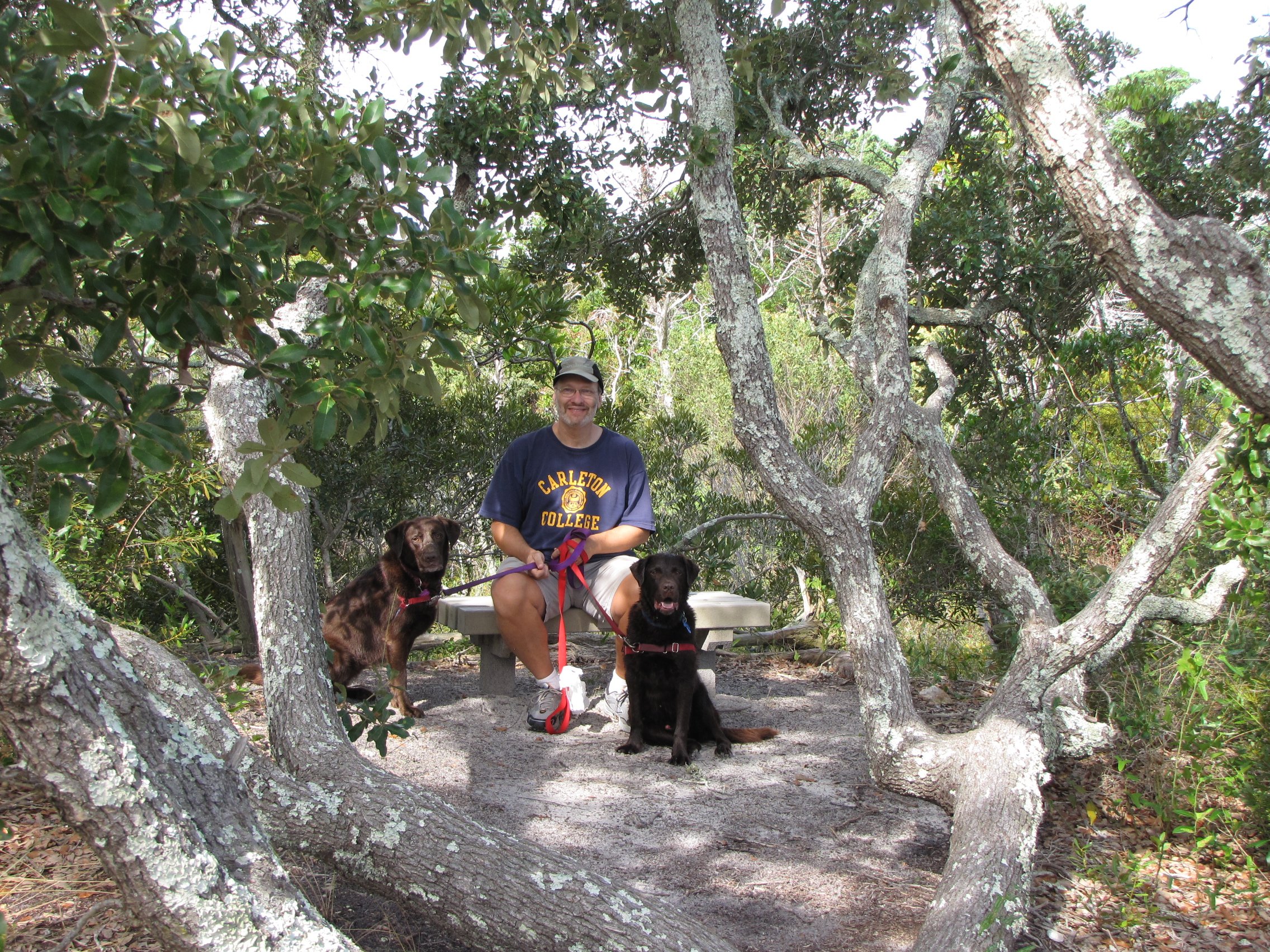We’ve been married 42 years - and had 42 real Christmas trees! This year’s is among the shorter ones, but we like its shape
Here’s a little holiday gift for you all - this is it !!! - the last installment of Off The Vine, and one more article never published. It is a report on my 1997 tomato efforts, and these types of articles always bring back fond memories. I hope you all enjoyed seeing Off The Vine in its entirety, article by article. It was a joy to spend 2022 doing this!
_________________
The 1997 Tomato Crop......MMMM Good!
by Craig
As we head into early August, I must confess that once again, the unpredictability of gardening and the effect of weather has played its hand. In the final week of June 1997, I had never seen such healthy tomato plants growing in my Raleigh garden. It was a remarkably cool spring, but without excessive rainfall; this, coupled with careful early mulching meant that foliage diseases were virtually nonexistent. The late spring was on the dry side, and the cool comfortable temperatures of May turned into a string of mid 90 degree days in June and July. Hot temperatures and extensive watering resulted in tomato plants with thick stems and numerous blossoms that set fruit very well. Unfortunately, the extreme and unforgiving heat led to an uninvited and unwanted guest in the garden, Fusarium wilt disease. I have never pulled out so many tomato plants so early. The list of casualties is long, and includes Dorothy’s Green, Buckbee’s New Fifty Day, D’Amato, Golden Beauty, Geswein’s Purple Bonny Best, Success, Tappy’s Finest, Middle Tennessee Low Acid, Azoychka, Favorite, Sandul Moldovan, Orange, Reif’s Italian Red, Ukrainian Heart, and one of my Cherokee Chocolate plants. Despite the disease, I managed to get at least one ripe fruit from all of the plants except Ukrainian Heart. Of the sick bed tomatoes listed here, Azoychka, Buckbee, and Orange tasted great; D’Amato, Success, and Favorite did not, and the others were either unmemorable, or had so many problems (blossom end rot, etc.) that they were not tasted.
Here is a sampling of interesting observations. I find that the more tomato plant I grow, the more I notice how variable the varieties are with respect to flower color and shape, leaf color and shape, floppiness of the branches, and other details that really make each tomato variety unique. A number of the plants have distinctly darker foliage color, nearing a deep blue green. Amongst this group are King Humbert, Dr. Carolyn, Tappy’s Finest, Taps, and Regina’s Yellow. At the other end of the spectrum are some plants with relatively light green foliage. In this category are Wins All, Simpson’s Big Yellow, and Garvey’s Orange. There is one true weird tomato in the bunch, Potato Leaf Turkey Chomp, which has yellow potato leaf foliage and large oblate fruits that are pure white when unripe. I am still waiting for it to ripen. It looks like a potato leaf, large-fruited version of Honor Bright. The following tomato plants are very wispy and need frequent tying to keep them upright: Niemeyer, Lillian’s Red, Maria Dondero Early, Bisignano #2, Simpson’s Big Yellow, Dinner Plate B, Anna Russian, Reif Red, and Ukrainian Heart. Bronze Leaf Abraham Lincoln is not bronze-leafed. D’Amato started setting fruit before any other, and looks to be very heavy yielding. Success and Livingston’s Favorite have nearly identical growth habits. Middle Tennessee Low Acid is horribly weak as a seedling, but was the strongest and tallest plant in my garden until it went south with wilt. Azoychka and Orange, both from Russian, seem to like to set lots of fruit when it is still cool, and both seem extremely susceptible to wilt when the weather gets hot. And, Selwin Yellow has the largest regular shaped leaves of any tomato I have seen (very similar to a tomato I grew last year, Bridge Mike’s).
So, then. How do these tomatoes taste? Among the red tomatoes, I am very pleased with the following: Turkey Chomp, Niemeyer, Maria Dondero Early, Red Brandywine, Bisignano #2, and Rasp Large Red. The pink tomatoes that are outstanding this year are Taps, Eva Purple Ball, and Brandywine, which are growing huge this year. Other tomatoes that are yummy are a strange bicolored tomato growing on a regular leaf plant that resulted in a growout of 1993 Brandywine seed, Cherokee Chocolate, Cherokee Purple, and, of course, Sun Gold. Tomatoes that I have not cared for this year include Abraham Lincoln, Dr. Carolyn (though very good when very ripe), D’Amato, and Garvey’s Orange.
_________________
Here’s my final response to my final article. 1997 had some fine varieties growing in my garden. It was quite shocking to read of the amount of disease that took so many of my plants, including some real favorites. Potato Leaf Turkey Chomp ended up being named Surprise, and I not only grow it on occasion, but used it to do a cross in the Dwarf Tomato Project. Cherokee Chocolate has become a staple in my gardens. Finally, the beginnings of the varieties Lucky Cross and Little Lucky were in the garden as the strange striped tomato from 1993 saved Brandywine.
Thanks, all, for reading these articles. It was a blast - and meaningful - to make them available.
Sue and I have a Christmas tradition (it’s about 10 years running now) of making Zentangle cards in the weeks leading up. Here is one of my latest efforts.

























